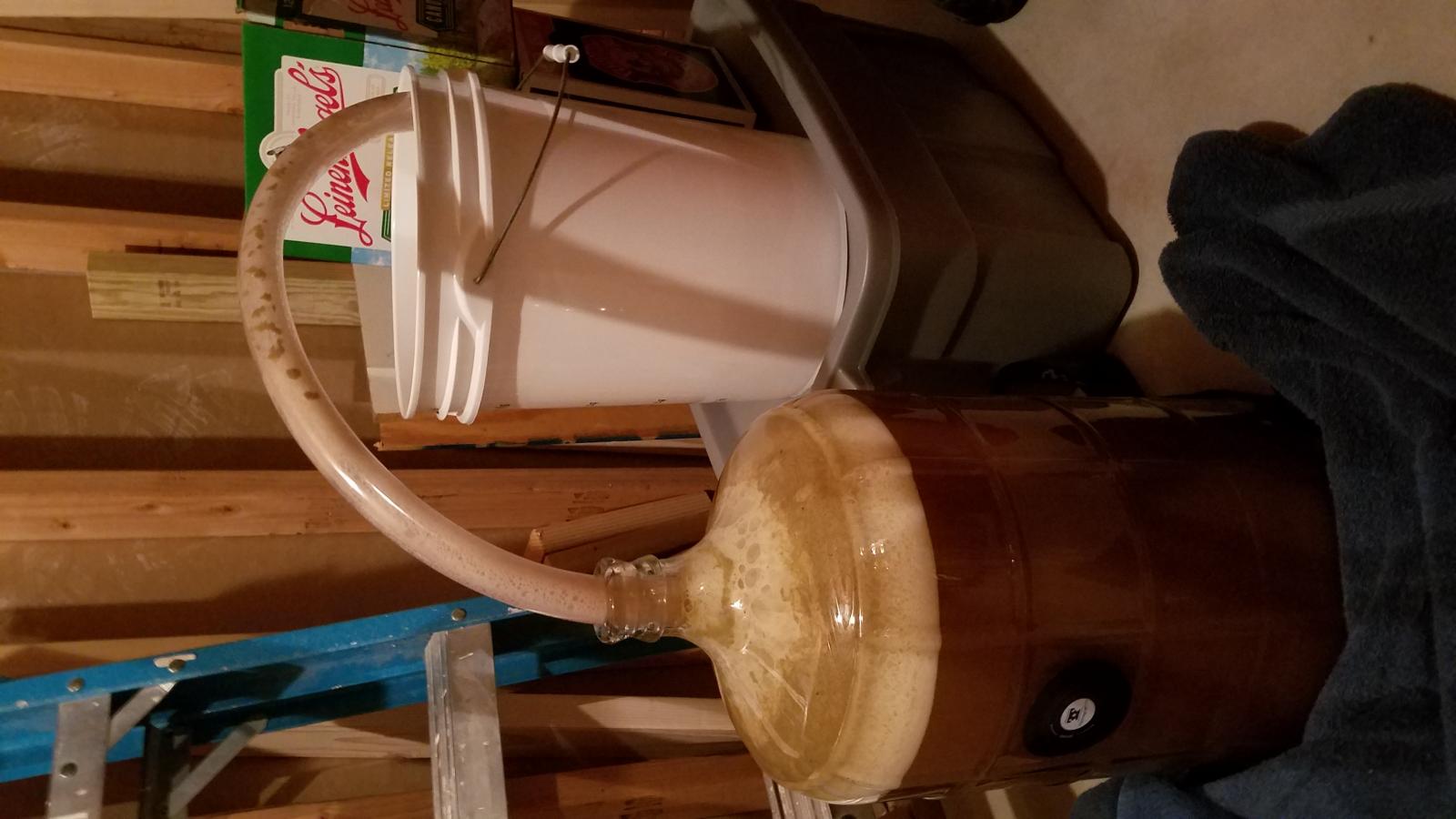Friends,
Did my first AG brew this weekend as a Northern Brewer AG kit (German Alt beer). Not sure where I went wrong but it definitely seems that I screwed up somewhere. The OG on this brew was suppose to be 1.052 and I recorded a ridiculously low 1.032. I took this reading of the full 6.37 gallons of wort pre-boil. How is that OG even possible after a sacch rest at 151 degrees (in 3.37 gallons) for an hour and several gallons of sparging at 170 degrees? I still can't figure out where I went wrong? After a good hour boil and cool down to 70 degrees my next reading showed 1.023. I am the newbie here so I'd like to hear thoughts on how I could get such wacky readings and produce a liquid with virtually no alcohol potential? Not sure why I even threw it into a carboy, but I did and the only good news is that I had a rather aggressive fermentation the following day that generated a ton of Krausen and needed the full blow-off tube. The fermentation made me feel a little more optimistic that there was plenty of sugar for the yeast to consume, but I still am not confident this will work out. Is there user error in reading a refractometer or any other ideas how I could have gotten such bad gravity readings? I just don't get it! HELP!

Did my first AG brew this weekend as a Northern Brewer AG kit (German Alt beer). Not sure where I went wrong but it definitely seems that I screwed up somewhere. The OG on this brew was suppose to be 1.052 and I recorded a ridiculously low 1.032. I took this reading of the full 6.37 gallons of wort pre-boil. How is that OG even possible after a sacch rest at 151 degrees (in 3.37 gallons) for an hour and several gallons of sparging at 170 degrees? I still can't figure out where I went wrong? After a good hour boil and cool down to 70 degrees my next reading showed 1.023. I am the newbie here so I'd like to hear thoughts on how I could get such wacky readings and produce a liquid with virtually no alcohol potential? Not sure why I even threw it into a carboy, but I did and the only good news is that I had a rather aggressive fermentation the following day that generated a ton of Krausen and needed the full blow-off tube. The fermentation made me feel a little more optimistic that there was plenty of sugar for the yeast to consume, but I still am not confident this will work out. Is there user error in reading a refractometer or any other ideas how I could have gotten such bad gravity readings? I just don't get it! HELP!


























































